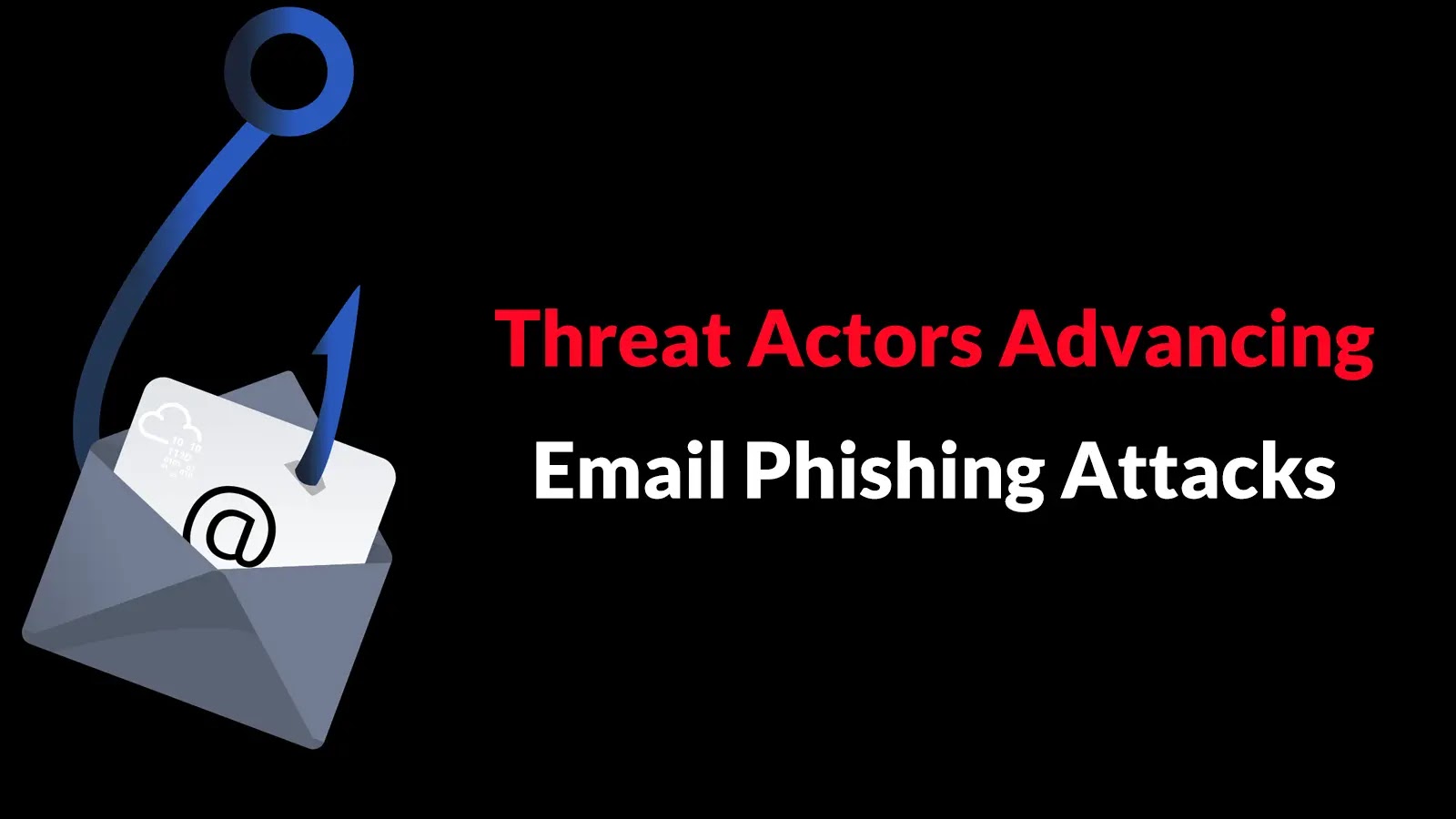
Threat Actors Advancing Email Phishing Attacks to Bypass Security Filters
The Resurgence of Phishing: How Threat Actors Are Bypassing Advanced Defenses in 2025
Email phishing isn’t just evolving; it’s undergoing a tactical renaissance. As of 2025, the landscape of email-borne threats has reached a critical juncture, marked by the sophisticated evasion techniques threat actors now deploy to circumvent even the most advanced security infrastructure and user awareness programs. This isn’t merely an increase in volume but a significant leap in the craft of deception, combining refined historical tactics with novel delivery mechanisms that exploit widening gaps in conventional defenses.
The Evolving Threat Landscape: A Blend of Old and New Techniques
The notion that traditional phishing methods are obsolete has been decisively disproven. Threat actors are demonstrating a remarkable aptitude for rediscovering and modernizing tactics once considered passé. This resurgence often involves a deep understanding of human psychology, coupled with meticulous technical execution. For instance, while spear phishing has always been a concern, today’s versions are hyper-personalized, leveraging information freely available from social media and public records to craft supremely convincing narratives.
Beyond reanimated classics, novel delivery mechanisms are a significant part of this evolution. These include, but are not limited to, exploiting vulnerabilities in supply chains to compromise legitimate business communications, thus bypassing traditional email gateways that rely on sender reputation. Phishing campaigns are increasingly leveraging compromised SaaS applications and cloud platforms, lending an air of authenticity that is difficult for users and automated systems to detect. The sheer scale and adaptability of these campaigns suggest a highly organized and well-resourced adversary.
Key Evasion Techniques and Their Impact
The effectiveness of modern phishing lies in its ability to skirt past layers of defense. Here are some of the critical evasion techniques being observed:
- Polymorphic URLs and Domains: Threat actors are rapidly generating new domains and obfuscating URLs, often using legitimate URL shorteners or compromised websites, to evade blocklists and reputation-based filters.
- Advanced Social Engineering: Beyond generic attempts, attackers are crafting highly tailored emails that mimic internal communications, executive directives, or urgent requests from known contacts, making them incredibly difficult to discern as malicious.
- Exploiting Authentication Gaps: Phishing is increasingly targeting multi-factor authentication (MFA) bypasses, such as MFA fatigue attacks where users are bombarded with authentication requests until they inadvertently approve a malicious login, or session hijacking techniques after initial credential compromise.
- Obfuscated Payloads: Malicious links and attachments are often deeply nested or disguised within seemingly benign file types, or delivered via legitimate cloud storage services, making static analysis less effective.
- AI-Powered Phishing (AI-Phishing): While still nascent, the use of AI to generate highly convincing email content, including grammar and style consistent with a target’s typical correspondence, is a growing threat, making detection harder for both humans and AI-based detection systems.
Remediation Actions: Fortifying Your Defenses
Given the escalating sophistication of email phishing, a multi-layered and adaptive defense strategy is paramount for organizations. Reliance on single-point solutions is no longer sufficient.
- Enhanced Email Gateway Security (EGS): Implement advanced EGS solutions that utilize machine learning, sandboxing, and real-time threat intelligence to detect and quarantine sophisticated phishing attempts. Ensure these systems are regularly updated and configured to handle polymorphic threats.
- Robust User Awareness Training: Conduct frequent, engaging, and scenario-based training that educates users on the latest phishing tactics, including social engineering indicators, urgent language, and suspicious links. Reinforce the importance of verifying unexpected requests through alternative communication channels.
- Implement and Enforce Multi-Factor Authentication (MFA): Mandate MFA for all critical systems and accounts. Educate users on the risks of MFA fatigue and how to report suspicious authentication prompts. Consider adaptive MFA solutions that use contextual information.
- Phishing Simulation and Testing: Regularly conduct realistic phishing simulations to assess user susceptibility and refine training programs. Analyze results to identify weak points in defenses and user behavior.
- DMARC, DKIM, and SPF Configuration: Ensure proper implementation and enforcement of DMARC (Domain-based Message Authentication, Reporting, and Conformance), DKIM (DomainKeys Identified Mail), and SPF (Sender Policy Framework) to authenticate legitimate email senders and combat email spoofing.
- Endpoint Detection and Response (EDR) Systems: Deploy EDR solutions that can detect and respond to post-compromise activity, even if an initial phishing email bypasses the gateway. This includes monitoring for anomalous process execution, network connections, and data exfiltration attempts.
- Incident Response Plan (IRP): Develop and regularly test a comprehensive incident response plan specifically for email-borne attacks. This includes clear communication protocols, containment strategies, and recovery procedures.
- Threat Intelligence Integration: Subscribe to and integrate real-time threat intelligence feeds into your security operations to stay abreast of emerging phishing tactics, indicators of compromise (IoCs), and attacker methodologies.
Tools for Detection and Mitigation
| Tool Name | Purpose | Link |
|---|---|---|
| Avanan Email Security | Cloud-native EGS leveraging AI for advanced threat detection. | https://www.avanan.com/ |
| KnowBe4 Security Awareness Training | Phishing simulations and comprehensive security awareness education. | https://www.knowbe4.com/ |
| Proofpoint Email Protection | Advanced threat protection, spam filtering, and data loss prevention. | https://www.proofpoint.com/us/products/email-protection |
| Microsoft Defender for Office 365 | Integrated threat protection for email, links, and collaboration tools. | https://www.microsoft.com/en-us/security/business/threat-protection/microsoft-defender-for-office-365 |
Conclusion: Adapting to the New Frontier of Email Security
The critical inflection point in email phishing observed in 2025 underscores a fundamental truth: cybersecurity is a continuous arms race. Threat actors will relentlessly innovate, adapting their strategies to circumvent established defenses. Organizations must respond with agility, adopting a proactive and multi-faceted approach to email security. This includes investing in advanced technological solutions, fostering a strong security-aware culture among employees, and regularly reviewing and updating incident response protocols. Only through a combination of robust technology and human vigilance can we hope to effectively mitigate the sophisticated and ever-present threat of email phishing.





